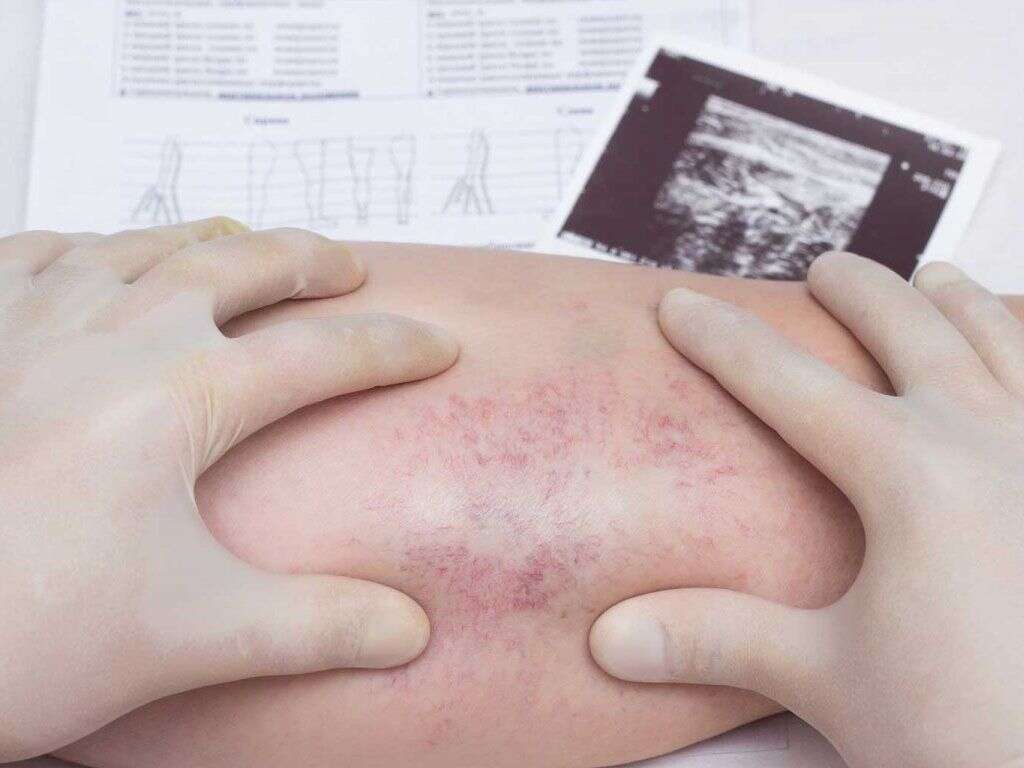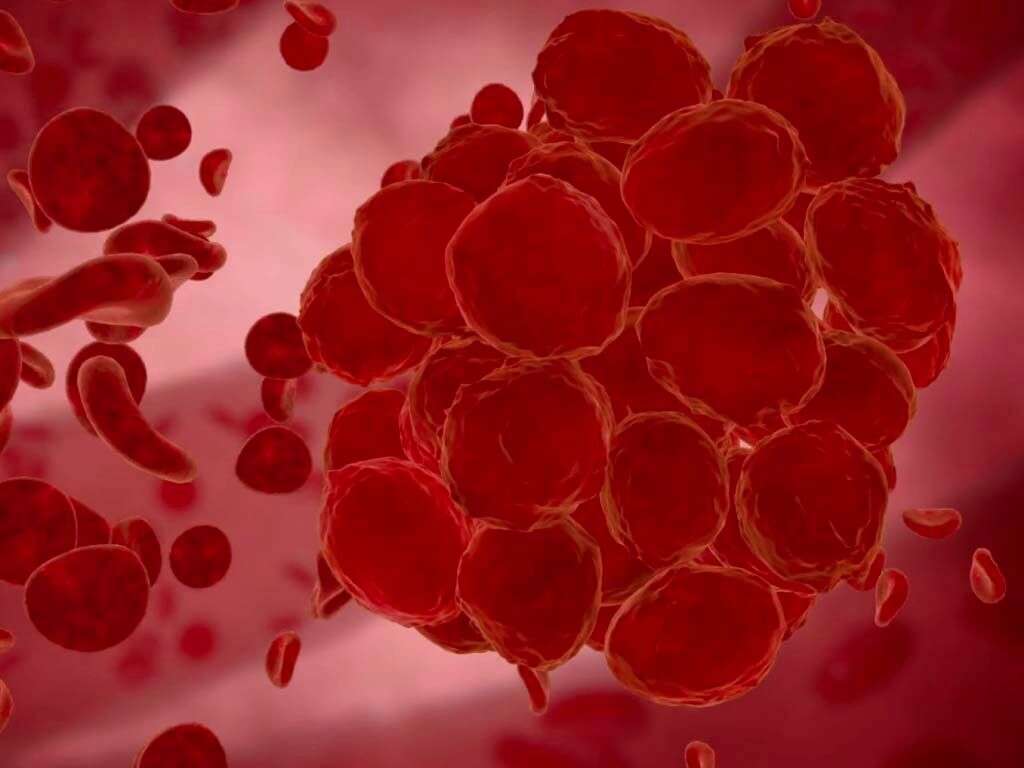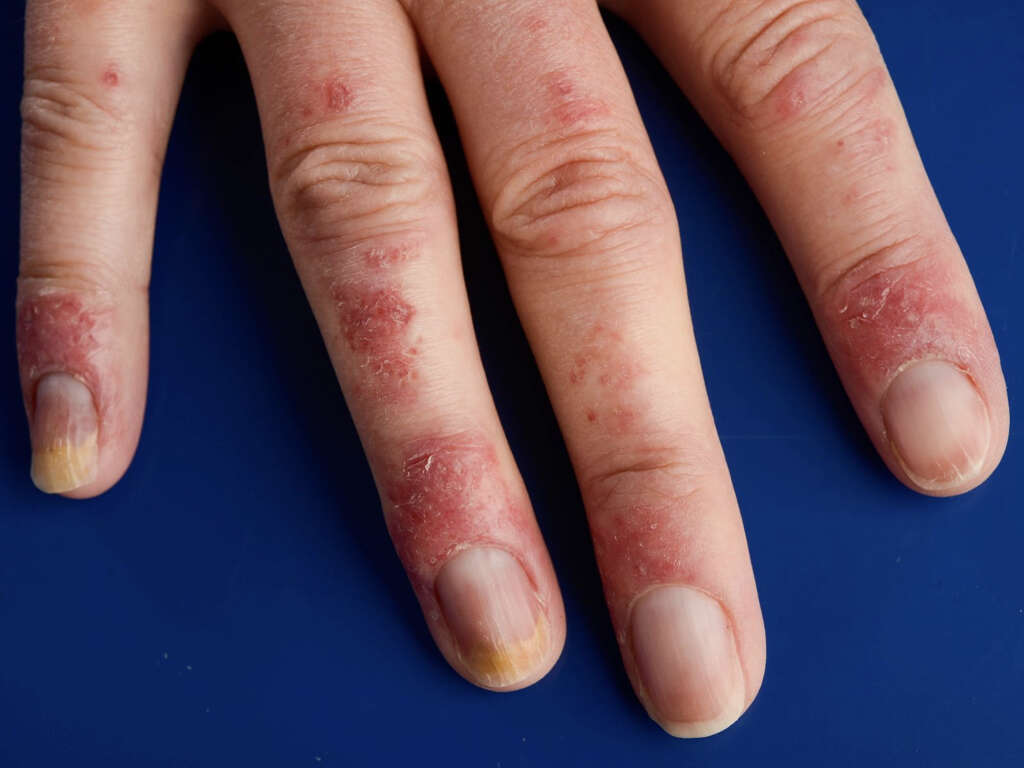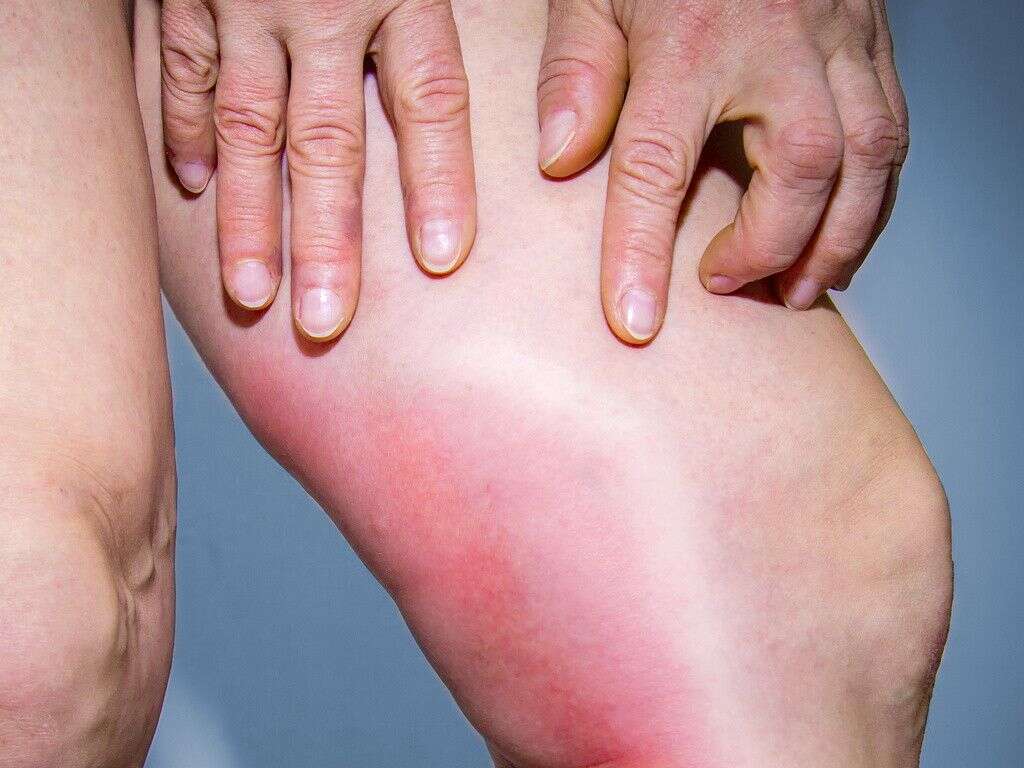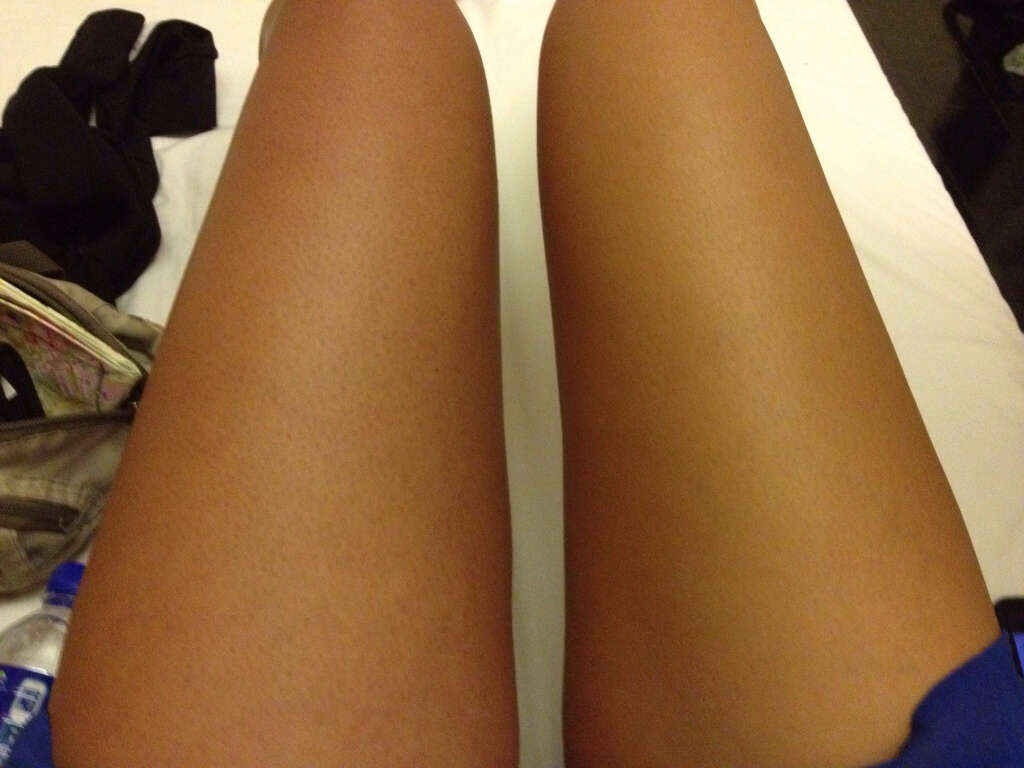10 Symptoms Of Phlebitis
Phlebitis is a condition in which a patient’s vein becomes inflamed. This can cause irritation and a range of other very unwelcome symptoms. Some of the symptoms are clearly visible through the skin when the vein that is affected is close to the surface.
There are various causes of phlebitis. Thrombophlebitis is an inflammation of a vein that is caused by the presence of a blood clot. There is also superficial phlebitis and deep vein phlebitis.
It is a condition that can be quite uncomfortable and should be treated where possible. Treatment usually includes anti-inflammatory medications and drugs that help to thin the blood, among others.
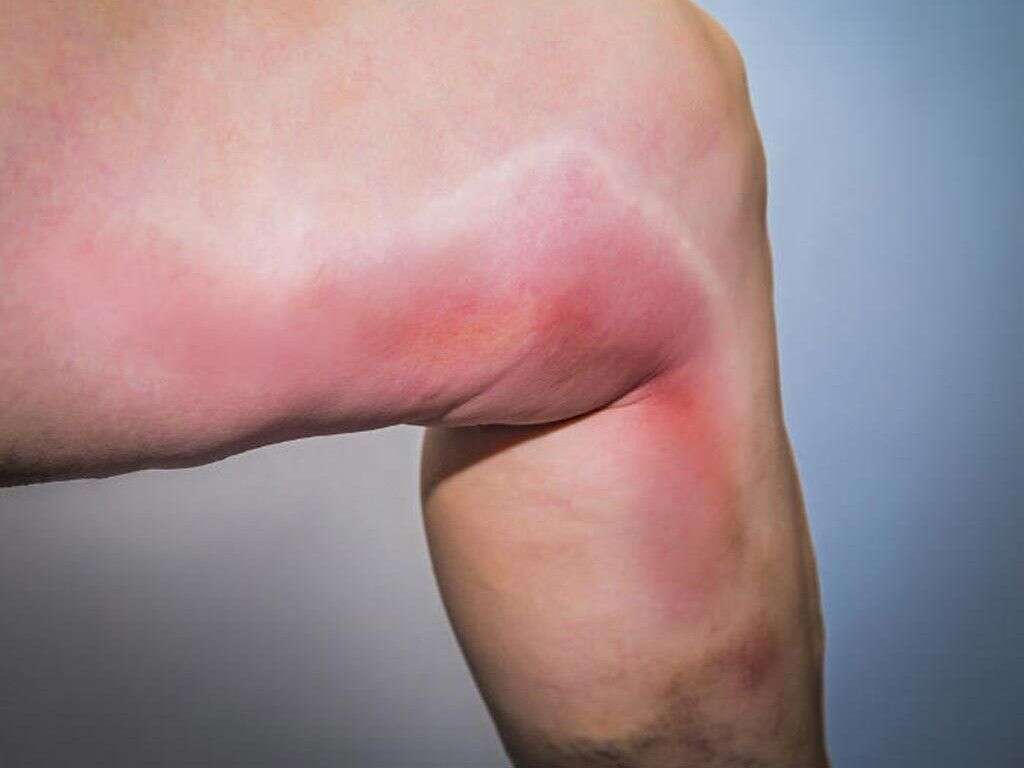
Symptom #1: Fever
A fever is one of our body’s natural defense mechanisms against infection and some other conditions. While a fever can be uncomfortable, and even very concerning in some instances, it is usually harmless. If anything, they are usually helpful in that they help to accelerate healing and recovery.
However, fevers can get dangerous if they get too high, so the patient should be monitored. Thankfully, however, the fever associated with phlebitis is only likely to be a low-grade fever, but it can still be a good idea to keep an eye on the patient.

Symptom #2: Soreness around IV Lines
Intravenous (IV) therapy is a fairly common practice, and most of us have used it at some point. It is used to deliver fluids directly into the veins over time, and the fluid can mean anything from drugs to a saline drip, and even blood. It is a harmless procedure, if sometimes a little uncomfortable, but it can result in some unwanted side effects.
One such side effect is phlebitis. The needle can cause irritation and inflammation, and this can cause the area around the insertion to be tender and sore. It is usually a temporary side effect, however, and should clear up shortly after the needle has been removed.

Symptom #3: Red Lines on Skin
We have veins running throughout our bodies, with many of them running just below the skin. In fact, the blood running through our blood vessels helps to give our skin its color. If something was to go wrong with the blood vessels, then that too will also be clearly visible.
Veins that run just below the surface of the skin are known as superficial veins. When these veins are inflamed, they are so close to the surface that the condition will be clearly visible. It will appear as a red line that follows the path of the superficial vein.
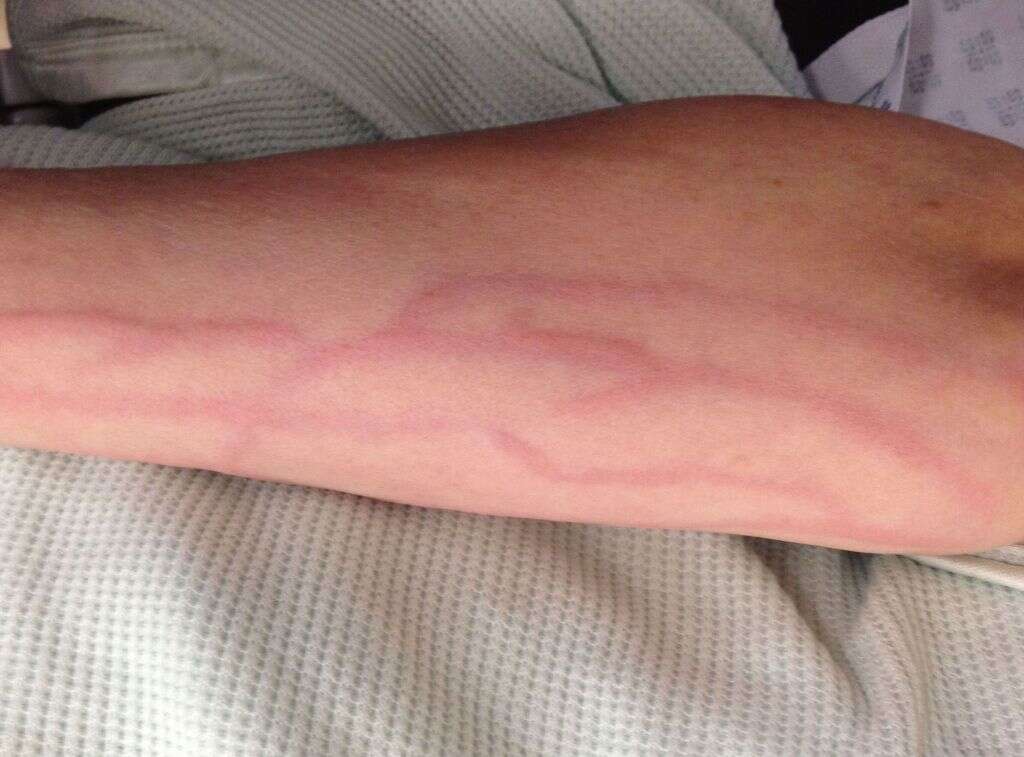
Symptom #4: Spider Patterns
The blood is transported throughout the body in a network of channels. Some of them are larger than others, with smaller blood vessels branching off the larger ones. If you were able to look at the cardiovascular system on its own, you will see a network that is similar to how the branches of a tree will spread out.
In cases of phlebitis, smaller, feeder veins can also sometimes be affected by the condition. This can cause them to become visible, creating a spider-like pattern on the skin. If you do notice this symptom then you should arrange to get it checked out as soon as you can.
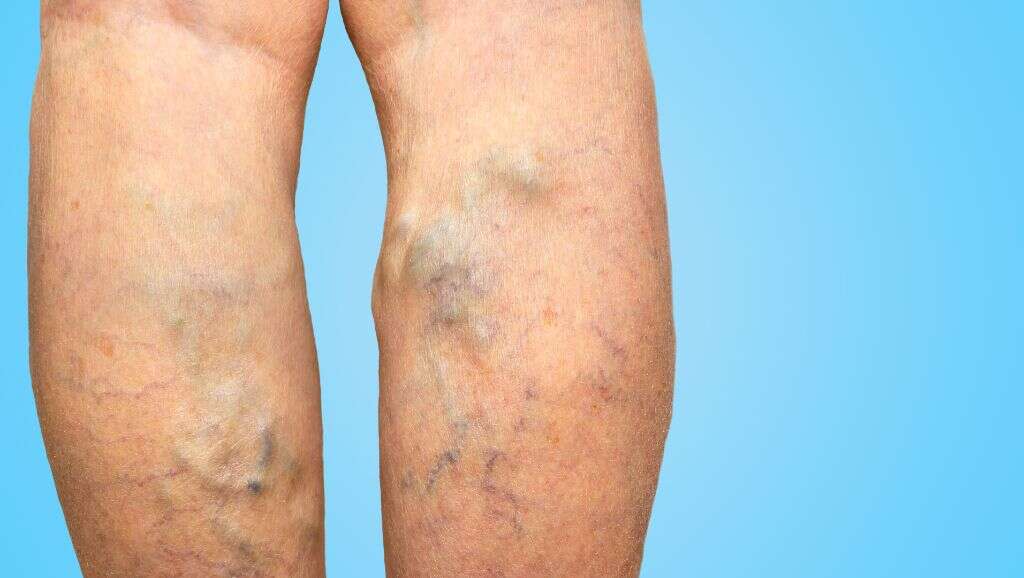
Symptom #5: Throbbing
It used to be thought that the throbbing sensation was caused by pulsation from the beating heart, but it turns out that this may not be the case. It is thought it may be more of a psychological symptom, but there is still more research needed before we fully understand the phenomenon.
Throbbing is a symptom that will often accompany phlebitis. Patients will also sometimes complain that they can feel a burning sensation in the affected area. If you are experiencing these symptoms and you don’t know why, you should arrange to get it checked out by a medical professional.

Symptom #6: Hard Patch
The surface of our bodies is generally quite soft. We have an elastic skin covering soft materials below. This means we are less well protected than animals that have a tough outer shell, but our size means that a tough shell will be too heavy for us. Some conditions can cause areas to become quite firm, however.
Patients with phlebitis will often find that the affected area will become hard to the touch. It can also feel quite warm to the touch and also tender. Such a symptom is not normal and is something that should encourage you to arrange to speak with your doctor.
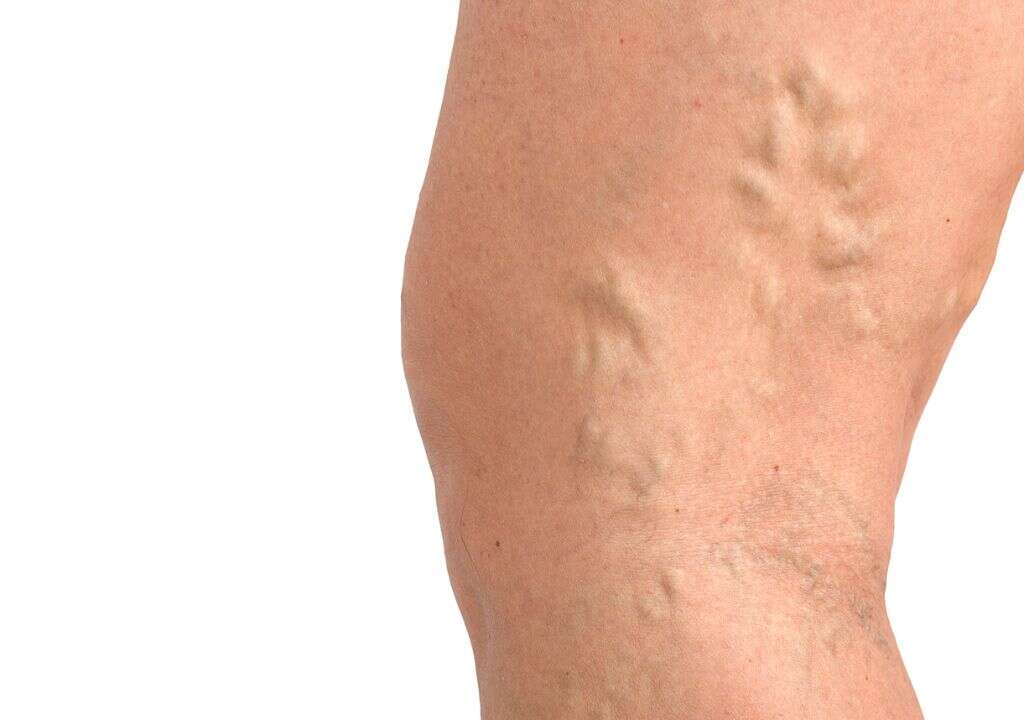
Symptom #7: Swelling and Tenderness
These are two of the most common symptoms referred by patients with this condition.
The inflammation of the affected vein will cause the blood vessel to leak fluid into the surrounding tissue. This fluid will collect, causing it to swell over time. With time, the area will become tender to the touch and warm as well. Remember to seek medical attention for proper diagnosis and treatment.

Symptom #8: Itchiness
Itchiness can be a horrible symptom, leaving patients agonizing over an unbearable sensation that just will not go away. Itchiness can be caused by a wide range of conditions, some harmless, but some can also be quite serious. If you do have itchy skin, there is a chance that phlebitis is the cause.
Patients with phlebitis will often find that the area around the affected vein is itchy, while it can also be swollen. You should try to avoid scratching it no matter how itchy it may be because your nails can do damage to the skin, potentially leading to further problems.

Symptom #9: String-Like Structures Beneath Skin
Hold the top of your hand in front of you and you can probably see some of your blood vessels just beneath the surface. Press down on these vessels and you should be able to feel them, but they will be soft and easily give way to the pressure of your fingers.
In cases of phlebitis, however, the inflamed vessels are going to be a lot tougher than they usually are. You will be able to feel this directly with your fingers and the vessels will feel as though they are made from string or even cables. It is something that you should get checked out if you have not done so already.

Symptom #10: Symptoms Worse in the Morning
Our blood is pumped around the body constantly, and it needs to do this against the effects of gravity. This is achieved by maintaining a suitably high blood pressure and also through a system of valves that will be able to help the blood back up through the system.
Certain medical conditions can still be affected more by the effects of gravity, though, including phlebitis. Patients with phlebitis in their leg, for example, can find that their symptoms worsen when they put their legs down. It tends to be most noticeable just after they have woken up in the morning.




